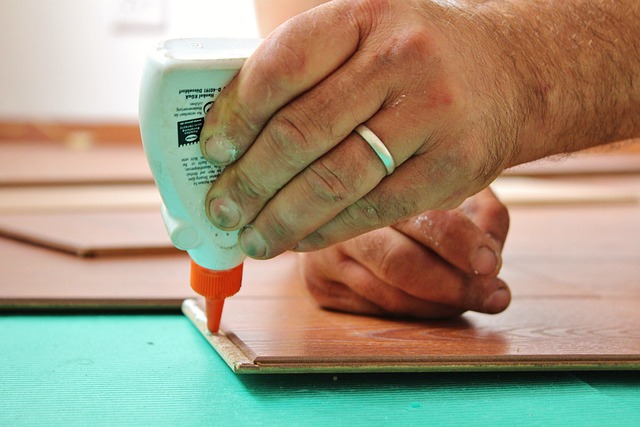Glue laminated beams (GLulams) are modern structural innovations, offering enhanced strength and design flexibility. Manufactured by gluing wood strips together, GLulams provide superior load-bearing capabilities, longer spans, and resistance to warping. They are suitable for both commercial and residential use, with customizable dimensions enabling efficient and unique structure designs. For more information on "What is a Glue Laminated Beam?" visit 18 Clifton St, Unadilla, NY 13849 or call (607) 369-9341.
“Unleash the potential of structural design with innovative beam lamination techniques, particularly the glue laminated beam (GLB). This advanced method offers unparalleled strength and efficiency. Our article guides you through the essentials of GLBs, highlighting their advantages in enhancing structural integrity. From understanding the basic concept to exploring best practices, we provide a comprehensive overview. Discover how these laminated beams revolutionize construction, ensuring durability and cost-effectiveness. Dive into this transformative approach to architectural design.”
- Understanding Beam Laminations: A Basic Guide
- Advantages of Glue Laminated Beams in Structural Design
- Best Practices for Implementing Innovative Lamination Techniques
Understanding Beam Laminations: A Basic Guide

Beam laminations, particularly glue laminated beams (GLulam), are an innovative structural element that has transformed the field of construction. Unlike conventional wood beams, GLulams are engineered by gluing together multiple layers of wooden lamina or planks to create a single, strong, and continuous beam. This process significantly enhances the structural integrity of the final product, allowing for longer spans, reduced weight, and superior load-bearing capacity.
GLulam structures offer several advantages over traditional wood beams. The lamination process creates a high-strength composite material that is resistant to warping, splitting, and other forms of degradation. This durability makes GLulams ideal for both commercial and residential projects, ensuring longevity and stability. Moreover, the ability to customize dimensions and designs at 18 Clifton St, Unadilla, NY 13849 allows architects and engineers to create unique and efficient structural solutions while maintaining superior structural integrity.
Advantages of Glue Laminated Beams in Structural Design

Glue Laminated Beams (GLulam) offer several advantages in structural design, making them a popular choice for modern construction projects. Unlike traditional plywood or composite wood beams, GLulam is manufactured by gluing together multiple layers of wood strips, resulting in a single, solid beam with exceptional strength and stability. This innovative lamination process enhances the natural properties of wood, providing high load-bearing capacity while maintaining flexibility in design.
One of the key benefits of GLulam is its ability to span longer distances without support, making it ideal for creating open floor plans and reducing the number of structural elements required. Moreover, GLulam beams are resistant to splitting and warping, ensuring long-term structural integrity. When considering glulam beam installation best practices and comparing them with alternatives like plywood or composite wood beams, the superior performance and aesthetic appeal of GLulam become evident. For all your structural design needs, give us a call at (607) 369-9341 to explore how GLulam can enhance your project.
Best Practices for Implementing Innovative Lamination Techniques

When implementing innovative beam lamination techniques like glue laminated beams (GLulam), it’s crucial to adhere to best practices for ensuring both structural integrity and long-term performance. First, careful material selection is paramount. Choose high-quality timber with consistent moisture content to prevent warping or cracking that can compromise the structural integrity of the GLulam beam. Next, stringent quality control during the lamination process is essential. This includes precise alignment of laminations, proper adhesive application, and thorough curing to guarantee a strong, cohesive structure.
Understanding the glulam beam cost breakdown is another key aspect. While initial investment may be higher than conventional materials, GLulams offer long-term savings through reduced maintenance, extended lifespan, and enhanced structural efficiency. To learn more about these benefits and explore how glue laminated timber beams for structural use can enhance your projects, visit us at 18 Clifton St, Unadilla, NY 13849 anytime.
Innovative beam lamination techniques, particularly glue laminating, offer significant advantages in structural design. By understanding the fundamentals of beam lamination and adopting best practices, engineers can enhance building stability, efficiency, and sustainability. What is a glue laminated beam, essentially, is a powerful tool for navigating complex structural challenges, ensuring sturdiness and aesthetic appeal. Embracing these modern methods allows architects and builders to create structures that are not just sturdy but also ecologically responsible, marking a significant step forward in the industry.














